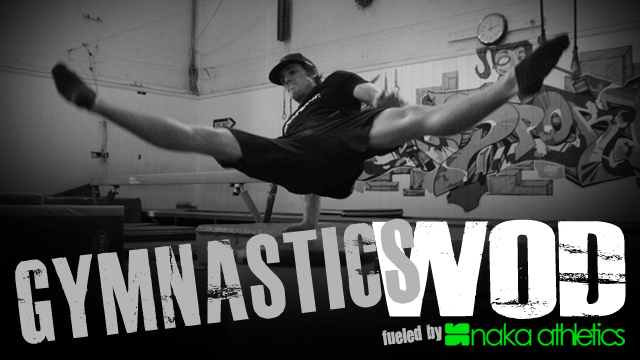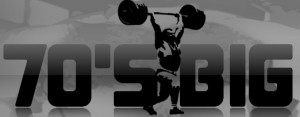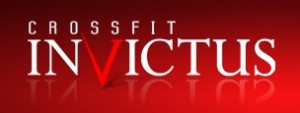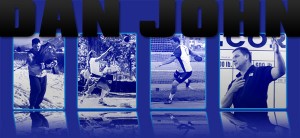29
Apr / 13
“The Gym is Your Lab” – KStar
Categories: Philosophy
posted by: Sean
Just cracked open Kelly Starrett’s new book this weekend entitled Becoming A Supple Leopard: The Ultimate Guide to Resolving Pain, Preventing Injury, and Optimizing Athletic Performance. I’ve had his book on pre-order from Amazon since the latter part of last year, so I was stoked to finally receive it last week. I’m only through the introduction and the first chapter but this book is quickly becoming one of my favorites. Starrett’s approach towards identifying and resolving pain and dysfunction is nothing new to many in the CrossFit world, especially those who are familiar with his Mobility WOD website, but many Strength and Conditioning coaches and non-CrossFit athletes at large are being introduced to a whole new perspective on the subject.
Reading through his first chapter, he discusses the foundational concepts of his Movement and Mobility System and one idea in particular really resonated with me: ”The Gym is Your Lab.”
“The goal of both the coach and athlete is to exceed any strength, speed, or metabolic demand the athlete might need in life or sport. It should also be the place where the coach and athlete hunt out every positional inefficiency, every poor mechanical tendency, and every default or compensatory movement pattern…The gym’s controlled environment is where the coach and athlete can safely and systematically layer skill progressions while simultaneously addressing mechanical and range-of-motion issues.”
I’ve always viewed the gym as a place to push myself, sometimes even break myself, but Starrett proposes letting the gym be the place where we identify limitations not only in strength and conditioning but also movement. Once we’ve identified our limitations, what better place than the gym to fix those issues in a systematic fashion. Our goal is to continually challenge both our strength and fitness and to express motor-control in a wide variety of demands and situations. In a nutshell, we’re pushing our limits, maintaining damn good form, no matter the situation. Every movement we perform becomes a diagnostic movement test. We, along with Starrett, believe coaches should go beyond their traditional role and help athletes observe and resolve movement dysfunction and limitation while still finding ways to challenge their strength and conditioning. The roles of a strength coach and physical therapist become somewhat blurred at times, but as Starrett mentions, “All human beings should be able to perform basic maintenance n themselves. It is both a human right and a responsibility to understand how your body works.” Just like we need a coach to show us the finer points of the snatch, it helps to have a knowledgable coach or a resource like Starrett help us understand how we can take care of our own issues.
Read about his entire program and get tons of valuable stretches and drills by purchasing his new book Becoming A Supple Leopard: The Ultimate Guide to Resolving Pain, Preventing Injury, and Optimizing Athletic Performance.
WOD 4.29.13
Snatch Grip Press (Behind the Neck) 3×5
5 Round for Time:
5 Handstand Pushups (Deficit if Possible)
10 Kettlebell Swings (70#/53#)


 310.465.6565 |
310.465.6565 |
























2 Responses to ““The Gym is Your Lab” – KStar”
Kyle Orgel
April 29, 2013 at 9:54 AM
Also, i really like this article
Kyle Orgel
April 29, 2013 at 9:55 AM
-_________-
Also, i really like this article